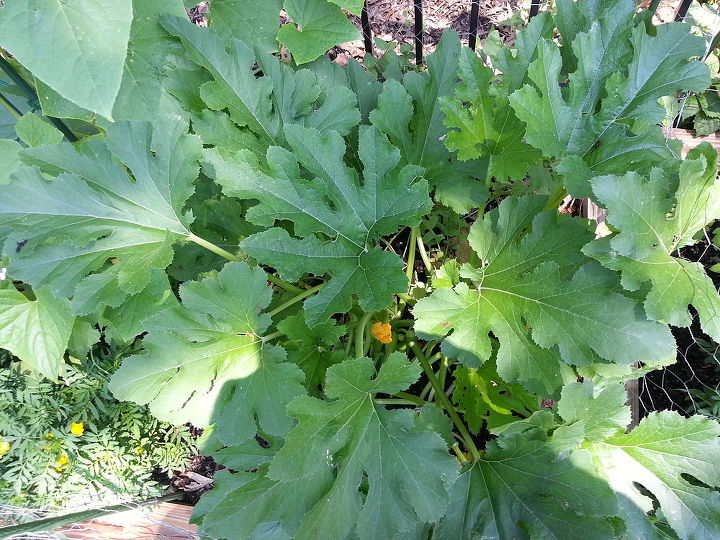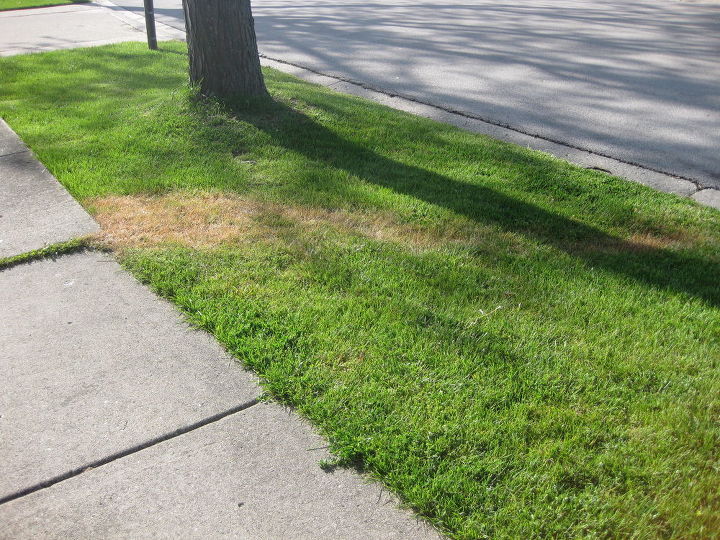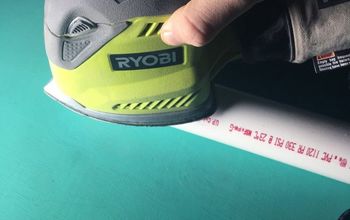Can a partially uprooted Arborvitae tree be straightened and survive?

Related Discussions
GNATS - How to get rid of them?
Somehow my house and garden got tiny gnats that killed my fuchsia plant and fly everywhere. I have tried ALL the Web recommendations - soap and oil dishes, sand in th... See more
Marigolds growing! Should I pinch the buds?
My marigold plants are growing. I heard that pinching the buds until Autumn will allow them to grow without killing the plant. Is this true?
Growing garlic
Growing our first garlic, should we wait until the leaves are drying out before we pick it? Husband picked first one today along with our first potatoes.
How to keep mice out of your garden?
Hi everyone, I have mice in my garden destroying my vegetables and I have also noticed them in the barn and shed. Please can someone tell me how to prevent them from ... See more
What's the best flower/plant to grow in Texas?
I know that opinions vary, but what's your opinion?!I have great luck w Rosemary plants. Green all year long.
Squash Plants Large and Healthy and no Squash Growing?
2nd Season in a ROW! Squash plants growing large and healthy leaves and the stems near the roots are looking healthy and turning dark green, getting flowers that grow... See more
Trail of dead grass mystery?
Trail of dead grass appeared two weeks ago that starts in neighbor's yard and goes to the sidewalk, then continues past the sidewalk in a line into the grass into my ... See more





With some of the roots being snapped, trees with this situation cannot be saved. Wood doesn't knit back together like the bones in our bodies. If it's broken, that's the way it stays. It probably won't survive. Tree roots are not as deep as most people imagine. Most tree roots are located in the top 12 to 18 inches of soil. While tree roots are quite shallow, they often extend out into an area that is 2 to 3 times larger than the crown area. One of the chief functions of a tree’s roots is to “anchor” the tree and keep it upright. It may be possible to save small, partially uprooted evergreens (those with 50 percent or more of their root systems intact and 10 feet or less in height) by carefully pulling them back upright and staking them. Evergreens taller than 10 feet probably can’t be saved. Even if a large evergreen could be pulled upright, it will likely die within a short time because of the extensive root damage or be blown over again in a future storm.
If you decide to attempt to reset a partially uprooted tree, it could be several years before you know if the tree will survive. It will likely take a number of years for a tree to replace lost or damaged roots. If a tree can’t produce enough food (energy) to rebuild its root system, the tree will become stressed and susceptible to disease and insect pests that might cause its death.
Replanting an uprooted tree must be done carefully to avoid doing further damage to the tree's roots and branches. Moisten the soil first, then dig underneath the heaved roots to the depth of the mass that's been lifted out. The hole should accommodate the roots when the tree is pulled back into place. Once upright, the roots should be at the same level as before the storm. If you don't do this excavation, you will end up ripping the roots on the side of the tree that wasn't pulled out of the soil. This is doubly damaging to the roots and greatly diminishes your chances of saving the tree.
Lift the tree back to its original position, avoiding twisting or turning the tree if possible so that you don't further damage the roots. Pack soil around the exposed roots as you move the tree and apply plenty of water; this ensures that the roots don't have air pockets around them that will cause them to dry out over time. To support the tree, install two or more stakes outside of the root zone so you can run guy lines around the tree from different directions.